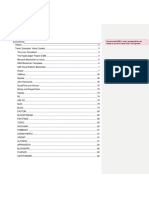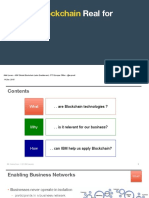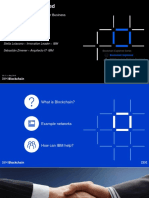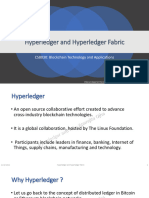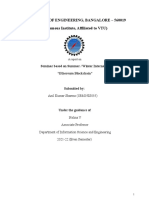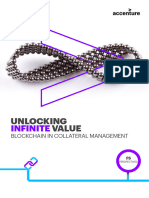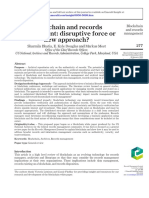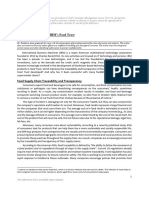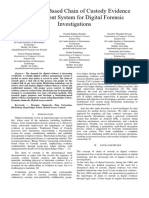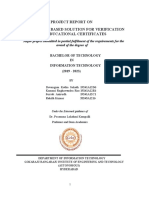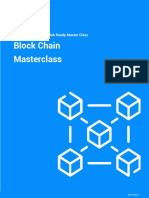0% found this document useful (0 votes)
11 views70 pagesModule 2
Module 2 of the Master of Computer Applications program focuses on Blockchain Technologies, specifically Hyperledger and Ethereum for business applications. It covers the technical requirements, architecture, core components, and capabilities of Hyperledger, as well as Blockchain-as-a-Service (BaaS) and its advantages and use cases across various industries. The module also discusses the Hyperledger Fabric model, its core components, and the transaction processing workflow.
Uploaded by
testcreater007Copyright
© © All Rights Reserved
We take content rights seriously. If you suspect this is your content, claim it here.
Available Formats
Download as PPT, PDF, TXT or read online on Scribd
0% found this document useful (0 votes)
11 views70 pagesModule 2
Module 2 of the Master of Computer Applications program focuses on Blockchain Technologies, specifically Hyperledger and Ethereum for business applications. It covers the technical requirements, architecture, core components, and capabilities of Hyperledger, as well as Blockchain-as-a-Service (BaaS) and its advantages and use cases across various industries. The module also discusses the Hyperledger Fabric model, its core components, and the transaction processing workflow.
Uploaded by
testcreater007Copyright
© © All Rights Reserved
We take content rights seriously. If you suspect this is your content, claim it here.
Available Formats
Download as PPT, PDF, TXT or read online on Scribd
/ 70

















